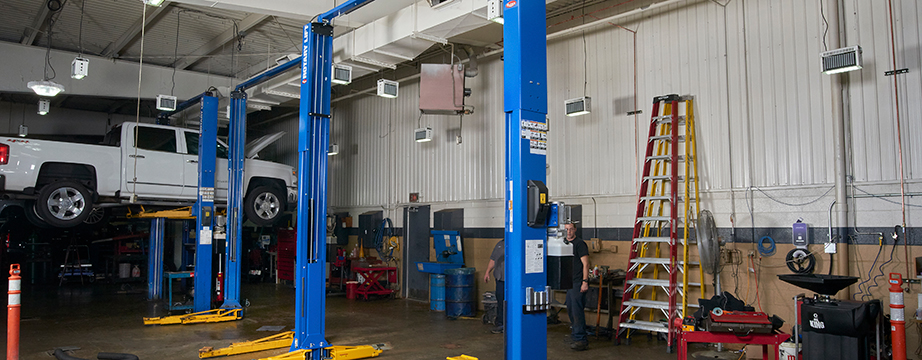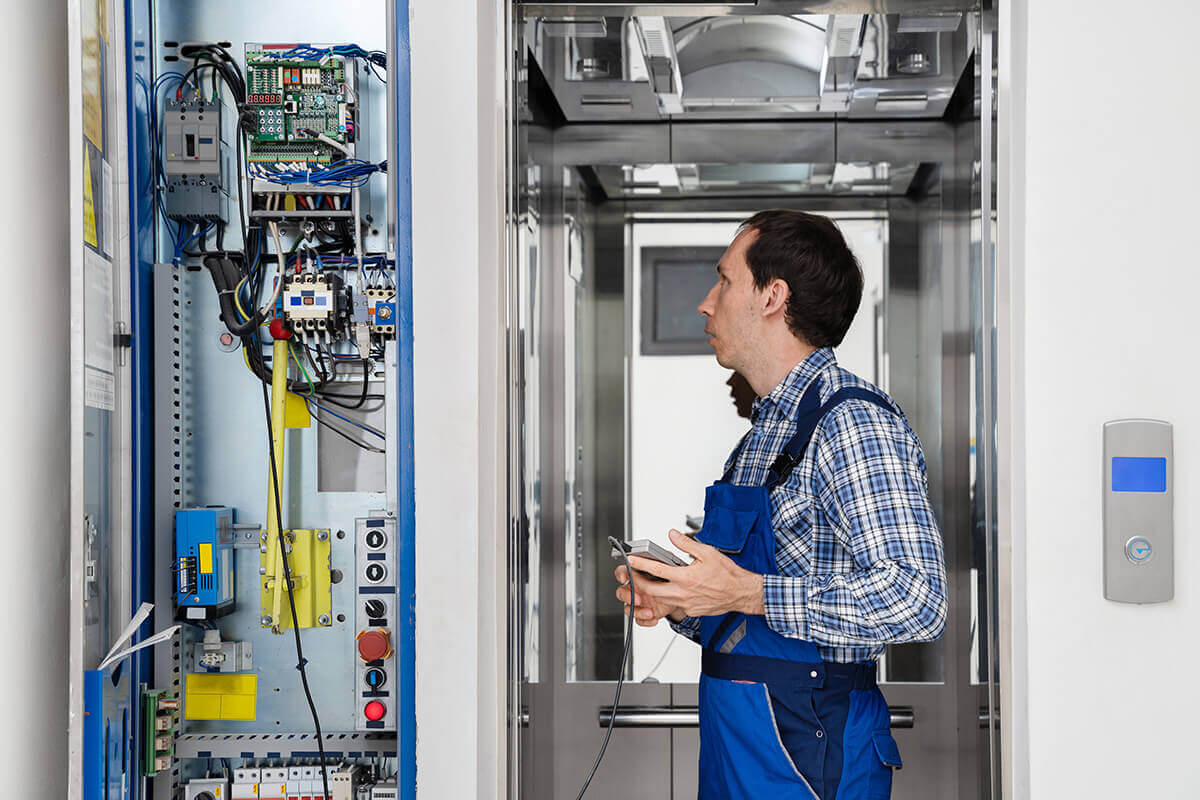Recognizing System Lift Capacities: Essential for Effective Lift Service
Recognizing System Lift Capacities: Essential for Effective Lift Service
Blog Article
An Extensive Method to Enhancing Performance Through Strategic Lift Repair Service Techniques
A methodical and strategic technique to raise repair and maintenance is important to optimize efficiency and decrease downtime. By addressing typical lift problems, carrying out proactive maintenance measures, and developing targeted repair work plans, facilities can optimize their lift systems to operate at peak efficiency levels.
Importance of Lift Performance Optimization
Understanding the significance of enhancing lift performance is essential for guaranteeing efficient and reputable upright transport systems in different structures and frameworks. Lifts are crucial elements of modern infrastructure, offering vertical flexibility for residents and items within structures of varying elevations. By optimizing lift performance, structure proprietors and facility supervisors can enhance user experience, improve power efficiency, and boost total operational effectiveness.
Efficient lift efficiency optimization includes different elements, including rate, capacity, energy security, maintenance, and intake needs. Correctly enhanced lifts can minimize wait times for users, specifically in high-traffic structures, bring about enhanced contentment and efficiency. Additionally, maximized lifts add to energy savings by making use of innovative control systems and technologies that lessen power consumption without jeopardizing performance.

Identifying Common Lift Issues
Identifying usual lift problems is essential for preserving the functional efficiency and security of vertical transport systems in structures. This problem can be indicative of issues with the lift's electric motor, control system, or even the positioning of the lift car.
One more common lift problem is odd sounds rising from the lift shaft or equipment space. These sounds can range from grinding or scratching noises to loud clunking sounds, every one of which might indicate underlying mechanical problems that require instant attention. Additionally, constant door breakdowns, such as doors closed or shutting correctly, can interrupt the smooth flow of guests and present safety dangers.
Carrying Out Aggressive Upkeep Actions
To maximize the performance and longevity of lift systems, aggressive maintenance measures play a vital role in ensuring functional dependability and safety and security. lift breakdown. Carrying out proactive maintenance entails methodically checking, maintenance, and fixing components prior to they stop working, therefore avoiding expensive downtime and prospective security dangers. Routinely scheduled examinations can aid determine minor concerns prior to they intensify right into significant problems, eventually expanding the lifespan of lift systems
One key facet of aggressive maintenance is producing a detailed upkeep schedule based upon manufacturer referrals and industry finest methods. This schedule must describe tasks such as lubrication, placement checks, and element substitutes at specified periods. Furthermore, executing problem monitoring methods, such as resonance evaluation and thermal imaging, can help find very early indicators of wear or malfunction.
In addition, training upkeep team on correct evaluation strategies and preventative upkeep procedures is crucial for the effective implementation of positive maintenance steps. By promoting a society of proactive maintenance within a company, lift systems can operate at peak performance levels, minimizing interruptions and making sure the safety and security of users.
Developing Targeted Repair Strategies
Upon evaluating the upkeep records and performance information, the engineering team can create targeted repair work plans to attend to specific concerns and enhance lift system performance. These repair service strategies are tailored to the determined issues, ensuring that sources are concentrated on dealing with essential problems successfully. By prioritizing repair work based on their influence on performance and safety and security, the targeted fixing strategies aid lessen downtime and maintenance prices while making the most of the lift system's integrity.
Creating these strategies entails a complete his response evaluation of the lift system components, consisting of electric motors, wires, brakes, and control systems. With this comprehensive analysis, the design team can identify the source of any type of malfunctions or destruction in performance. This information is then made use of to create a roadmap for the fixing procedure, describing the required actions, timeline, and resources needed to deal with each issue successfully.
Additionally, targeted repair plans may consist of preventative procedures to boost the lift system's durability and performance. By proactively dealing with possible problems before they intensify, these strategies add to the overall effectiveness and security of the lift system.
Making Use Of Data-Driven Insights
Using the power of data-driven understandings is important in maximizing lift system performance and upkeep effectiveness. By leveraging information analytics, lift drivers can make enlightened decisions that bring about improved operational efficiency and price financial savings. With the analysis of historical performance patterns, patterns and information can be determined, enabling anticipating maintenance strategies to be applied. These predictive upkeep approaches help prevent unexpected failures, lower downtime, and prolong the life expectancy of lift systems.

Verdict
Finally, enhancing lift performance is important for guaranteeing efficiency and safety and security in buildings. By determining typical lift problems, applying aggressive upkeep procedures, developing targeted repair service plans, and utilizing data-driven understandings, organizations can boost efficiency and reduce downtime. It is vital to take a comprehensive technique to lift repair methods to take full advantage of operational efficiency and ensure the durability of lift systems.
By dealing with typical lift problems, implementing proactive upkeep measures, and developing targeted fixing strategies, facilities can optimize their lift systems to run at peak efficiency degrees.Another common lift issue is odd noises emanating from read the lift shaft or machinery room.Upon evaluating the upkeep records and performance data, the design team can develop targeted fixing plans to you can look here resolve details problems and enhance lift system functionality. By prioritizing repair services based on their impact on efficiency and safety and security, the targeted repair work strategies help reduce downtime and maintenance prices while maximizing the lift system's reliability.
It is important to take a detailed technique to raise fixing strategies to make the most of functional efficiency and guarantee the long life of lift systems.
Report this page